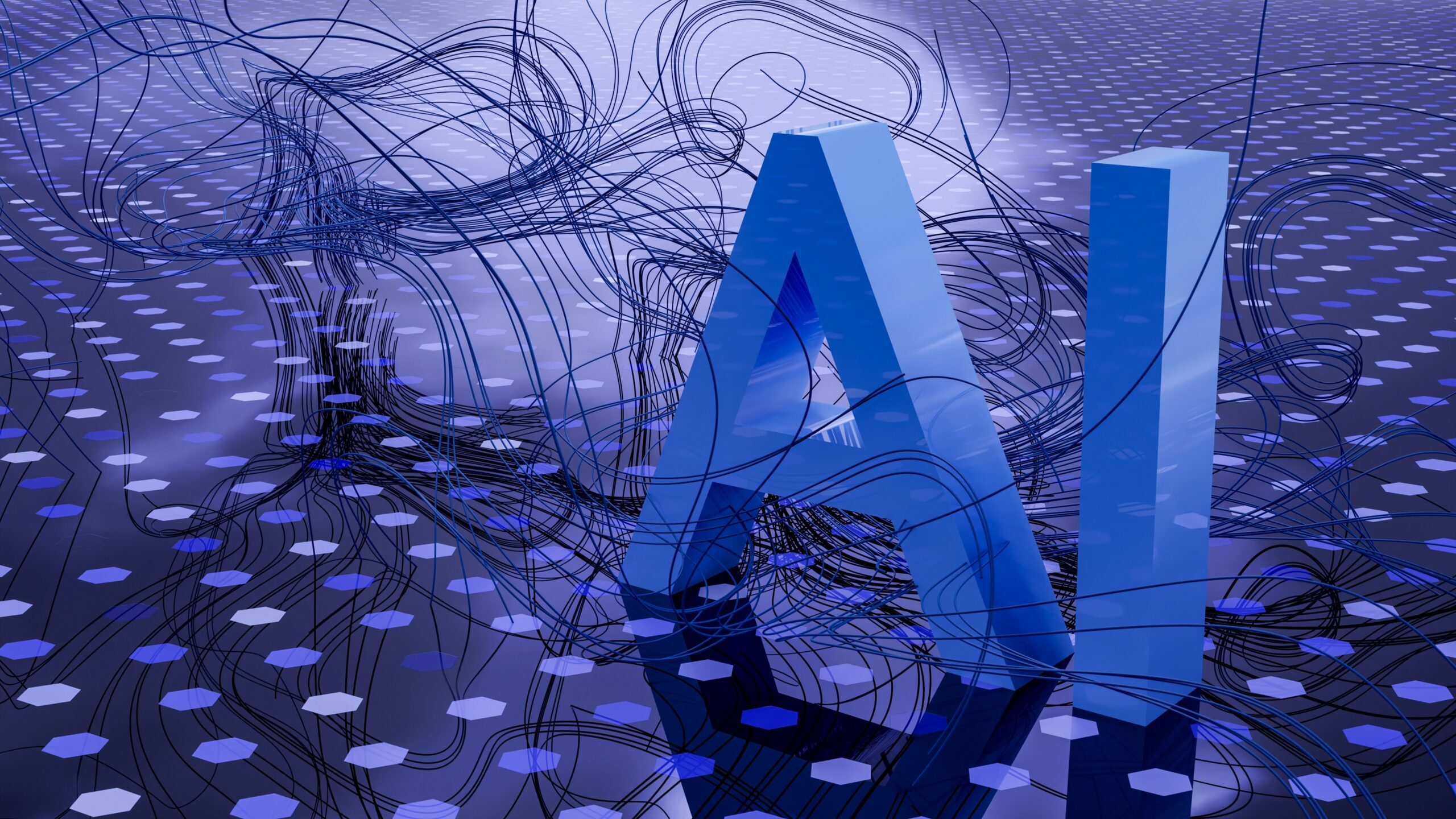Remember way back around 2016, when “IoT” was just entering the lexicon? The technology behind the “Internet of things” was starting to be used across industries. In the energy space, for example, companies used it to capture data being sent from tens of thousands of sensors from various equipment, like inverters, controllers, anemometers (wind speed detectors), cloud-watching cameras, and more. Operations Centers would watch for outages, wind, weather, and other relevant information coming in around the clock, every day, on an array of screens.
Although that was only seven years ago, it seems like ancient history. That’s because an entire industry shot up around IoT. By the end of 2019, there were at least 620 well known IoT platforms being marketed around the world – twice as many as there were in 20151. In fact, the IoT software market, which grew from $0.3B in 20152 to $251B in 2022, is now projected to reach $621B by 20303.
Hitachi Vantara has been immersed in IoT since well before it became a ‘thing.’ In 2016, we produced and launched our own Industrial IoT Platform, Lumada. And based on constant interactions with customers and partners and our own growing expertise, we have continuously refined and evolved the solution to meet ever-higher customer needs and expectations.
That’s why today, our approach and vision for IIoT is rather unique: it pairs outcome-oriented consulting services with IT and OT-domain-specific products and solutions for an IoT framework that is comprehensive, intuitive, and easy to scale.
Professional Services as an Enabler
Through the decades, we’ve learned that digital transformation is not a one-size-fits-all or an overnight achievement. Our customer projects are high-touch affairs – because gone are the days of buying software using a credit card from some website, unzipping, and installing it, and claiming the Achievement of Digital Transformation. In reality, having gone through digital transformations ourselves (we recently received the “Lighthouse Award for Industrial Transformation” by the World Economic Forum), we’ve learned that it takes a methodical, stepwise approach that directly depends on the digital maturity of the enterprise. Based on customer demand, market gaps, partner demand, and by working cooperatively with others in our space, we offer end-to-end IoT services, products and solutions to customers.
This is the approach we used to architect and offer our Lumada solutions. Lumada Manufacturing Insights, for example, was architected specifically to deliver end-goal-specific modules for organizations based on their digital maturity level.
Many of our customers often do not (yet) have the skills or organizational structures to enable them to implement complex software integrations and manage it professionally all by themselves, especially in the realm of IoT. They often need systems integration guidance. Since early 2021, we have provided business process and consulting services for customers through our IoT Practice, which comprises a global team of more than 100 professionals with deep expertise in the areas of Industry 4.0, Sustainable Energy, Smart Cities and Asset Lifecycle Management. Through the practice we offer IoT advisory, implementation and operational services. Our customers asked, and we listened and delivered.
How Best to Manage IoT Data
It’s clear that connecting, transmitting, gathering, storing, and managing the data across industrial settings is as critical as the products being created. And with Internet-connected endpoints projected to reach 27B in 2025, it’s an increasing challenge for most companies. Investing in an IoT platform that can do it extremely well, and do it easily while maintaining security, is critical.
But increasingly, organizations’ requirements have grown more sophisticated. According to 451 Research, they have matured so much, that they’ve caused IoT platforms to evolve from stand-alone solutions to sets of technologies and capabilities that can be delivered in a more distributed, services-oriented manner. Such IoT “service stacks” enable enterprises to assemble solutions from components from more than one provider.
Hitachi Vantara spotted this trend early on and responded. Today, our Lumada Industrial DataOps portfolio sits at the center of our IoT data management and data-driven insight offerings. Building on the core elements of an IoT platform, the product portfolio’s focus now includes what Lumada delivers most centrally – a best-of-breed ability to manage all forms of data and derive data insights.
For Hitachi Vantara, that means marshalling its IT and OT strengths to help customers manage IoT data and put to good use the critical operational insights derived from its analysis. For example, Lumada’s self-service Data Catalog software allows business users and analysts to explore and discover new data insights, as well as support data integration, transformation, and reporting layers.
While those capabilities are of keen interest to IoT implementors as well, there are two pieces of the portfolio that are specifically industrial IoT-focused: IIoT Core, a platform framework for industrial IoT application enablement and maintenance; and IIoT Analytics, a set of solution cores to jumpstart analytics deployments, especially AI/ML and digital twin applications.
With our core platform features well in hand, we have been focused on an outcome-oriented approach to helping solve IIoT use cases for several years now. By working with and getting feedback from detailed workshops and consulting opportunities with customers and industry veterans, including many of the world’s foremost analyst firms, we thoughtfully and deliberately created, tested, and introduced modular solutions that cater to specific vertical and micro-vertical use cases. These solutions offer operational outcome-oriented solutions for specific OT applications such as asset performance management, field service management, video/Lidar/image-based visual inspections and analytics, enterprise asset management, measuring and assessing manufacturing quality, production, and safety-related applications.
The list includes applications for end uses such as remote-friendly, automated image analytics that identify and find defects in assets from any image or video from anywhere (including satellite imagery), manufacturing/smart factory modules that can automate Operational Equipment Efficiency (OEE) calculations, supply management, quality control, health and safety, energy optimization, and factory inventory management tools.
Recognition as A Visionary
It will take much more than an IoT platform to ensure customers achieve their targets: truly successful partner-vendors will need to also offer business consulting and systems-integration services, as well as highly targeted, outcome-oriented solutions. The approach has resonated with customers, and we were even recognized by Gartner®. In its latest and revised report[1]. Hitachi Vantara was placed in the “Visionaries” Quadrant.
The IIoT market has changed dramatically in recent years. It has progressed from the nascent days of capturing time-series data tags to multi-cloud, always-on automated analytics that run independent of location, software bins or operating systems. As the industry has evolved, Hitachi Vantara has worked tirelessly to anticipate, develop, and leverage new innovations to help customers achieve their goals.
Contact us to discuss your accelerated digital transformation journey.
Shamik Mehta is Director, Industry Solutions, Hitachi Vantara; Steven Garbrecht is Director, Industrial DataOps, Hitachi Vantara.
[1] 2022 Gartner Magic Quadrant™ for Global Industrial IoT Platforms.
Check out more great stories
Read InsightsRelated Articles

Embracing AI and Continuous Resilience in Tech – Roundtable hosted by Hitachi Digital Services
…
Read Article
Part 3 of 3: The right partner can make all the difference
In the first part of this series, we outlined the challenges faced by modern banking and financial institutions as they adapt and adopt the cloud. In the second, we talked about the cloud cost conundrum, and how customers have to consider cloud adopt…
Read Article
